The Fashion Design Institute’s Glass and Ceramic Design program is actively exploring innovation in the integration of digital technology with the discipline, particularly in the application of ceramic 3D printing technology. This has led to a unique practical path that combines teaching, research, and industry needs.
–
1. Integration of Curriculum System and Technological Innovation
–
The core courses of the Glass and Ceramic Design program include traditional crafts and modern design technologies, such as ceramic craftsmanship, modern glass design, and brand product design. In recent years, the program has incorporated ceramic 3D printing technology into the curriculum to adapt to contemporary digital manufacturing trends. Through modules like the “Digital Design Workshop,” students learn how to combine traditional ceramic art with 3D modeling and printing technology to achieve more complex shape designs.
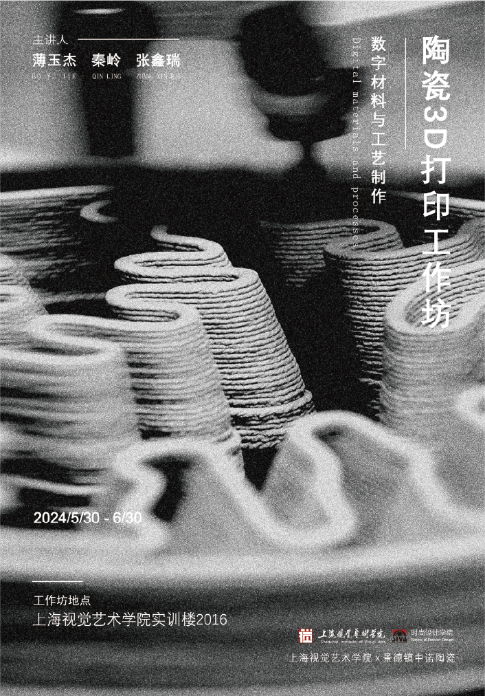
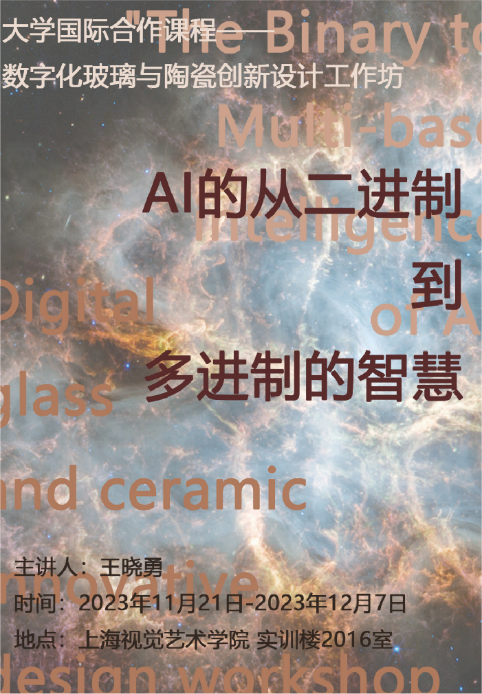
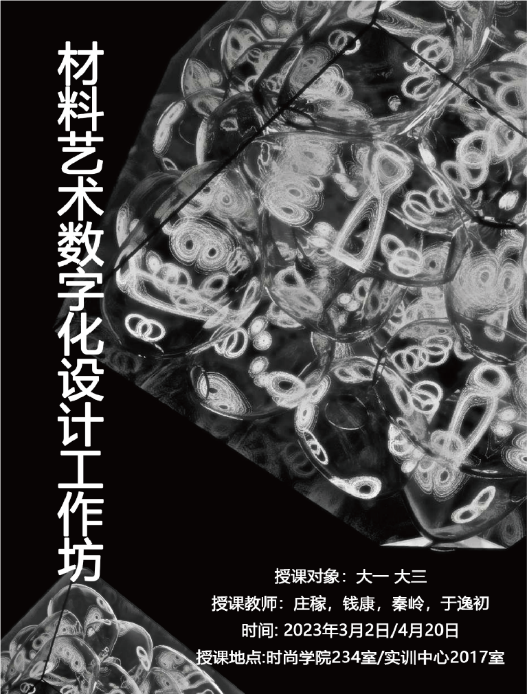
Figure 1: The “Digital Design Workshop” module of this program
–
2. Application of 3D Technology in Graduation Projects
–
In graduation projects, the program encourages students to explore new materials and processes. For example, the 2019 graduates of the Glass and Ceramic Design program produced works that included traditional throwing, ceramic sculpture, and modern glass art. Some works attempted to integrate 3D printing technology to achieve more precise shapes or complex structures, creating geometric abstract sculptures or functional ceramic products.
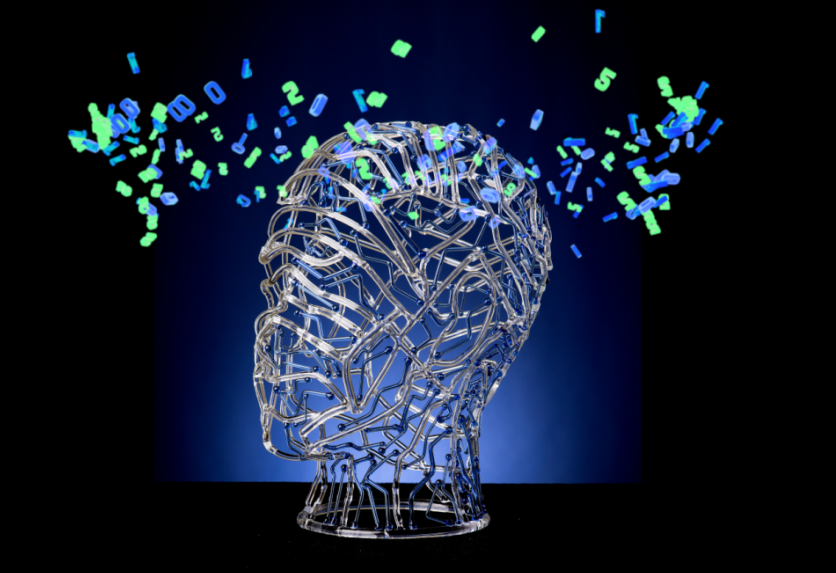
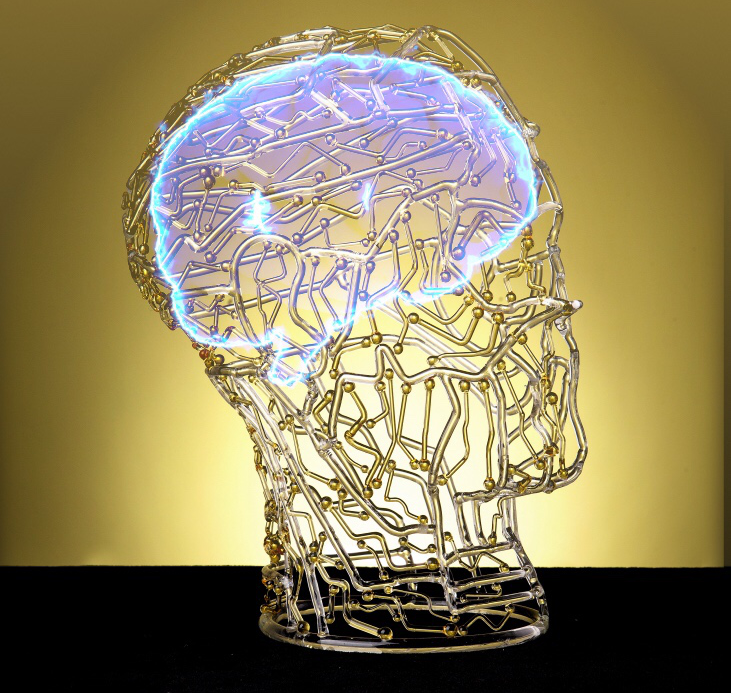
Figure 2: Student Li Mingyu from this program combines glasses-free 3D and innovative glass materials
–
3. Industry-Academia Collaboration and Industry Connection
–
The Glass and Ceramic Art Design specialization maintains close cooperation with enterprises and industries to jointly promote the integration of intangible cultural heritage techniques with contemporary design. In the field of ceramic 3D printing, the school leverages corporate resources (such as Yixing Tanqing Kiln Art and Shanghai Yunqi Technology) to introduce industrial-grade 3D printing equipment and jointly develop innovative products that meet market demands, such as customized ceramic home goods or ceramic art installations.
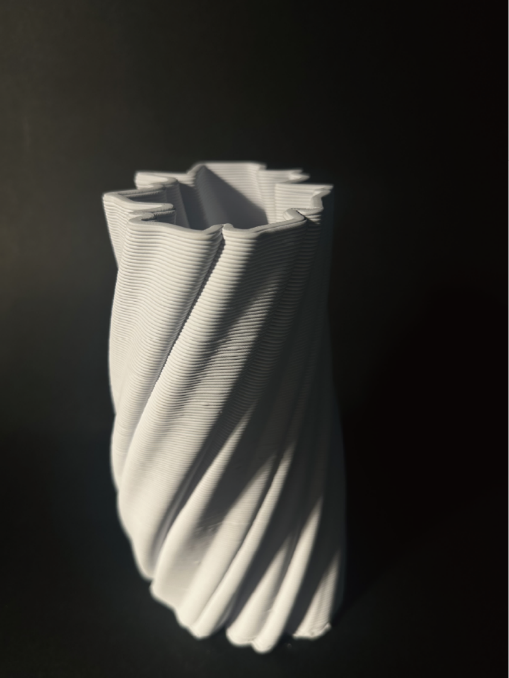
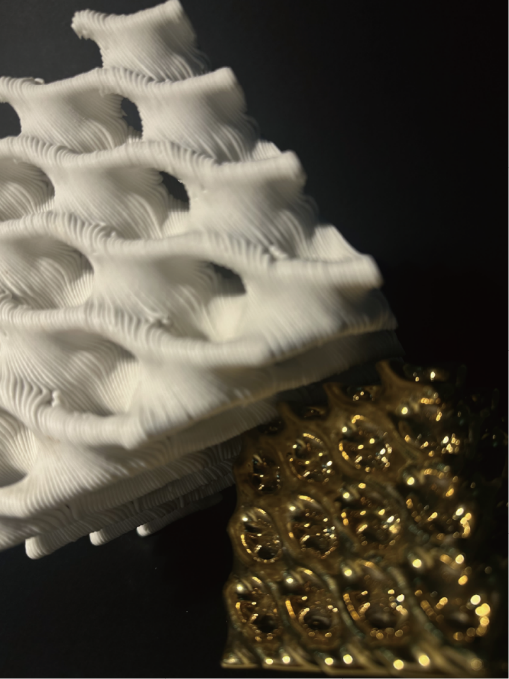
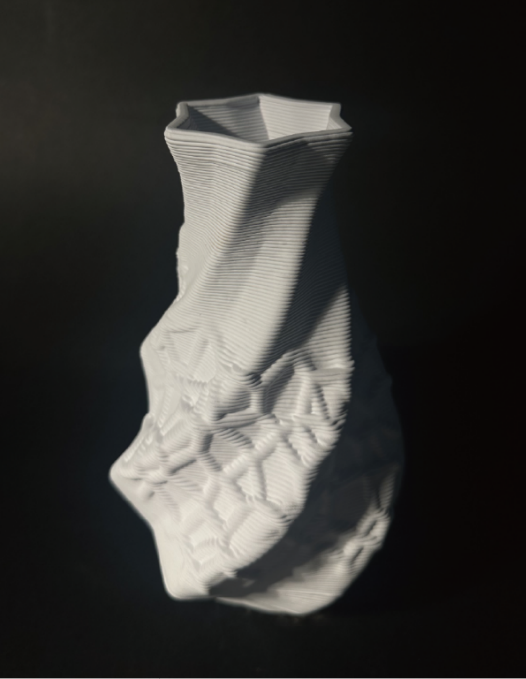
Figure 3: Student projects from the ceramic 3D printing workshop course
–
4. International Exchange and Interdisciplinary Integration
–
The school advocates a composite talent training model of “Digital Intelligence + Art,” encouraging interdisciplinary collaboration. The application of ceramic 3D printing technology in education will become a convergence point for digital art, industrial design, and materials science in the future, for example:
· Collaborating with the jewelry design program to create 3D printed ceramic jewelry;
· Integrating with the environmental design program to explore the digital manufacturing of architectural ceramic modules.
· Collaborating with the fiber arts program to explore the innovative integration of ceramic materials and fiber arts.
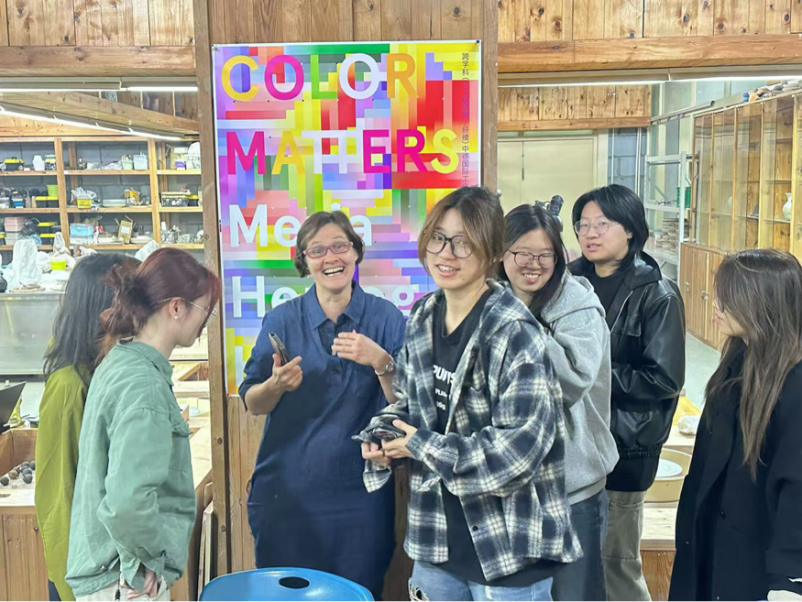
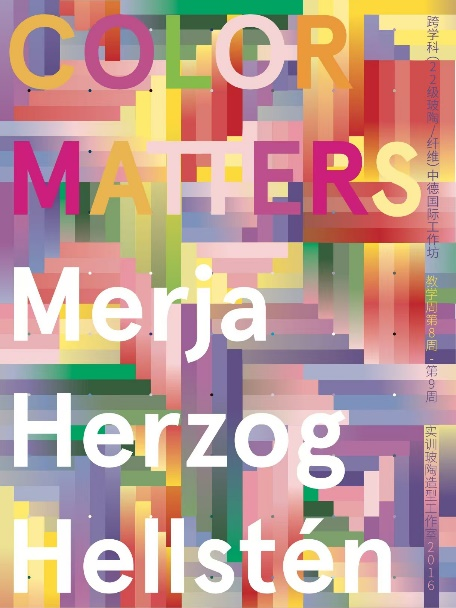
Figure 4: The interdisciplinary international workshop course between this program and the fiber arts program in Germany
–
Outlook
–
In the future, the Glass and Ceramic Design program will further deepen the teaching and application of 3D printing technology:
1. Establish a ceramic 3D printing laboratory to provide complete process support from modeling to firing;
2. Collaborate with technology companies to develop specialized ceramic printing materials suitable for art design;
3. Promote student works into the commercial market, such as showcasing the innovative potential of 3D printed ceramics through cultural and creative design.
Through these initiatives, the program will continue to drive the digital transformation of glass and ceramic art, cultivating composite talents who understand traditional crafts and master advanced manufacturing technologies.
Related Reading: “Visual” Feast Menu | 2024 Course Report Exhibition of the Fashion Design Institute
Source: Fashion Design Institute
Editor: Zhang Yichi
Review: Cheng Feng
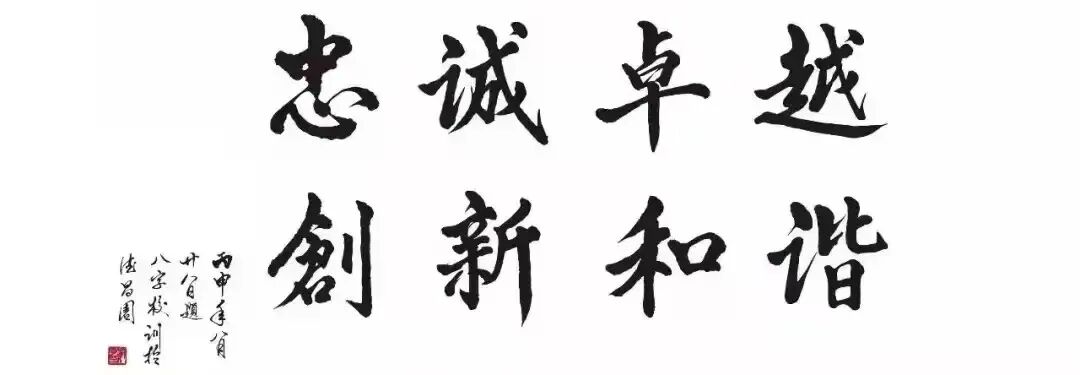
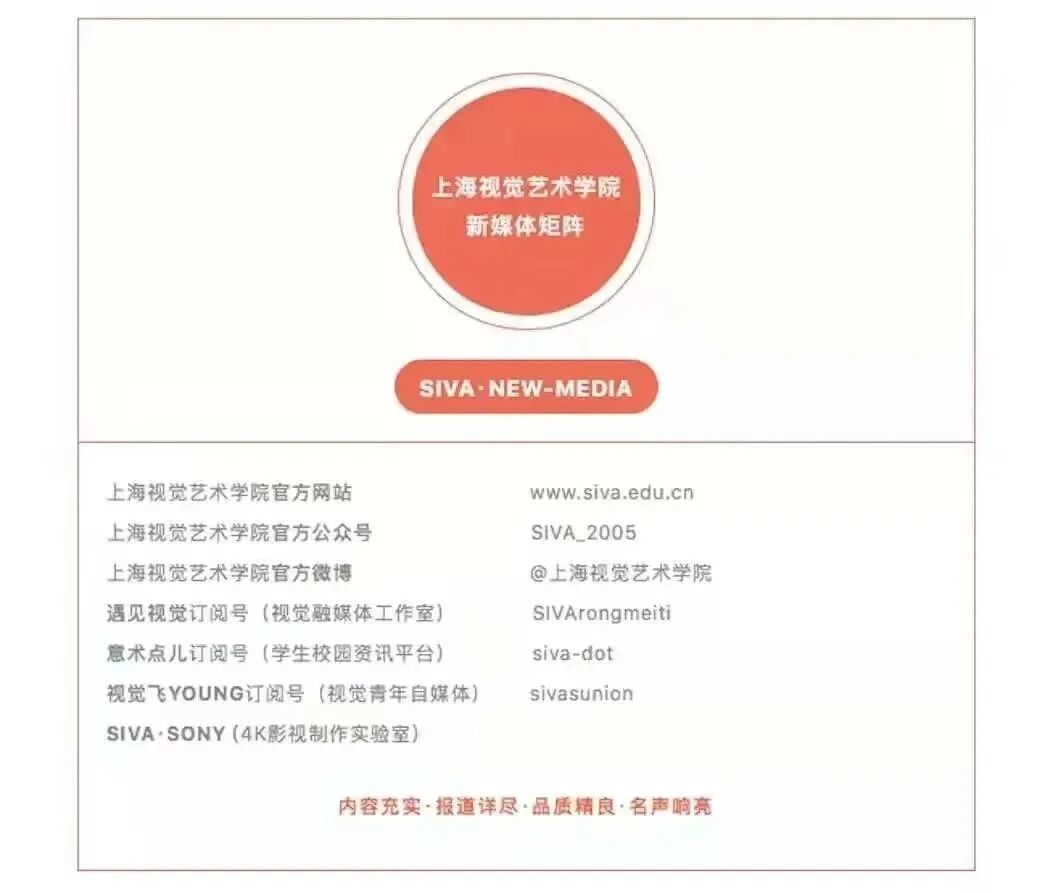
Click to read the original text
Visit the Shanghai Institute of Visual Arts official website for more content